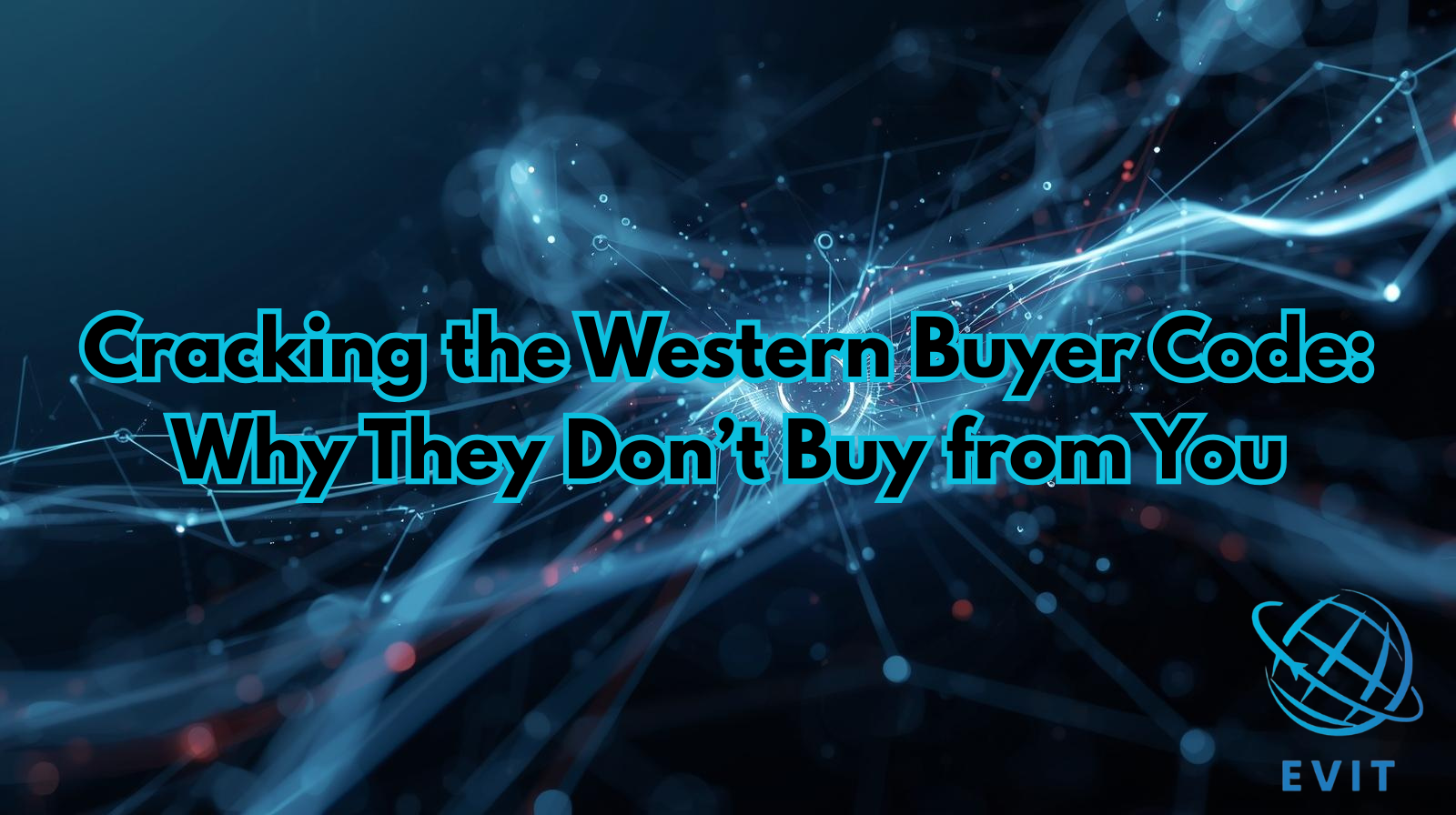🌍 Bridging the Gap: How Asian IT Firms Can Ensure Cultural Alignment with Western Partners
When Asian IT companies expand into Western markets, success isn’t just about pricing or technical quality.
It’s about trust, communication, and cultural alignment.
Even the best proposal can fail if it doesn’t feel right to the client.
So, how can your firm build real alignment — not just contracts — when partnering with companies in Europe or the US?
💡 Why Cultural Alignment Matters
Cultural gaps can create misunderstandings, slow decisions, and even damage deals.
Western clients often expect direct communication, proactive updates, and transparent problem-solving.
Asian firms, on the other hand, tend to value harmony, respect, and relationship-building before getting to the point.
When these expectations clash, both sides feel friction — even if the work is technically sound.
Example: A US client may see silence as disinterest, while a Vietnamese project manager may see it as polite patience.
Alignment isn’t about changing your culture — it’s about adapting your communication style so trust grows naturally.
⚙️ 1. Start with Shared Values, Not Just Deliverables
Before signing a deal, spend time understanding the partner’s vision, goals, and expectations.
Ask questions like:
-
What does “success” look like for your team?
-
How do you prefer to communicate — email, calls, Slack?
-
How often should we report progress?
When you start from shared values, collaboration feels smoother from day one.
📘 Related reading: How to Create a Service Offer Clients Can’t Say No To
🗣️ 2. Communicate Clearly — and Often
Western clients prefer transparency and proactivity.
They value updates before problems escalate.
That means:
-
Send short, regular progress reports.
-
Acknowledge issues early, then offer solutions.
-
Keep communication concise and factual.
Use tools like Asana, Trello, or Notion to maintain visibility.
When clients see you as proactive, trust compounds.
🔗 External link: Forbes – Cultural Intelligence in Global Business
🤝 3. Localize Your Messaging and Brand Voice
How you present your company matters.
Western audiences value clear, confident, and benefit-focused language.
Avoid overpromising — focus on results and credibility.
Use localized website content, case studies, and LinkedIn posts that match Western tone and expectations.
🌐 Check out: The Power of Community: Why Every Founder Needs a Global Peer Network
🌏 4. Build Cross-Cultural Intelligence Inside Your Team
Cultural intelligence (CQ) isn’t something you outsource — it’s something you develop.
Train your sales and account teams to:
-
Recognize Western communication styles.
-
Handle feedback directly, not defensively.
-
Balance assertiveness with empathy.
Consider short workshops or role-play sessions with native-speaking consultants or business coaches.
That investment pays off in long-term partnerships.
🧭 5. Keep Decision-Making Transparent
Western partners appreciate autonomy — but also want to know who decides what.
Write it down. Review it quarterly.
Transparency builds confidence and helps both sides move fast when opportunities arise.
✨ The Cultural Advantage
Asian IT firms already have strengths that Western clients value: adaptability, strong teamwork, and dedication to quality.
The goal isn’t to copy Western styles — it’s to blend your reliability with their clarity.
That’s how long-term global partnerships are built.
🚀 Final Thoughts
Cultural alignment isn’t a “soft skill.”
It’s a strategic advantage that drives trust, retention, and growth.
When your team learns to “speak the language” of Western buyers, you don’t just win more contracts — you build global relationships that last.
👉 At EVIT, we help Asian IT firms go global — with systems that combine cultural intelligence, sales strategy, and brand positioning.
Join our Go Global Asia Community on Skool to connect, learn, and scale internationally.

